
AB 1429: Reporting Changes for California HMBPs
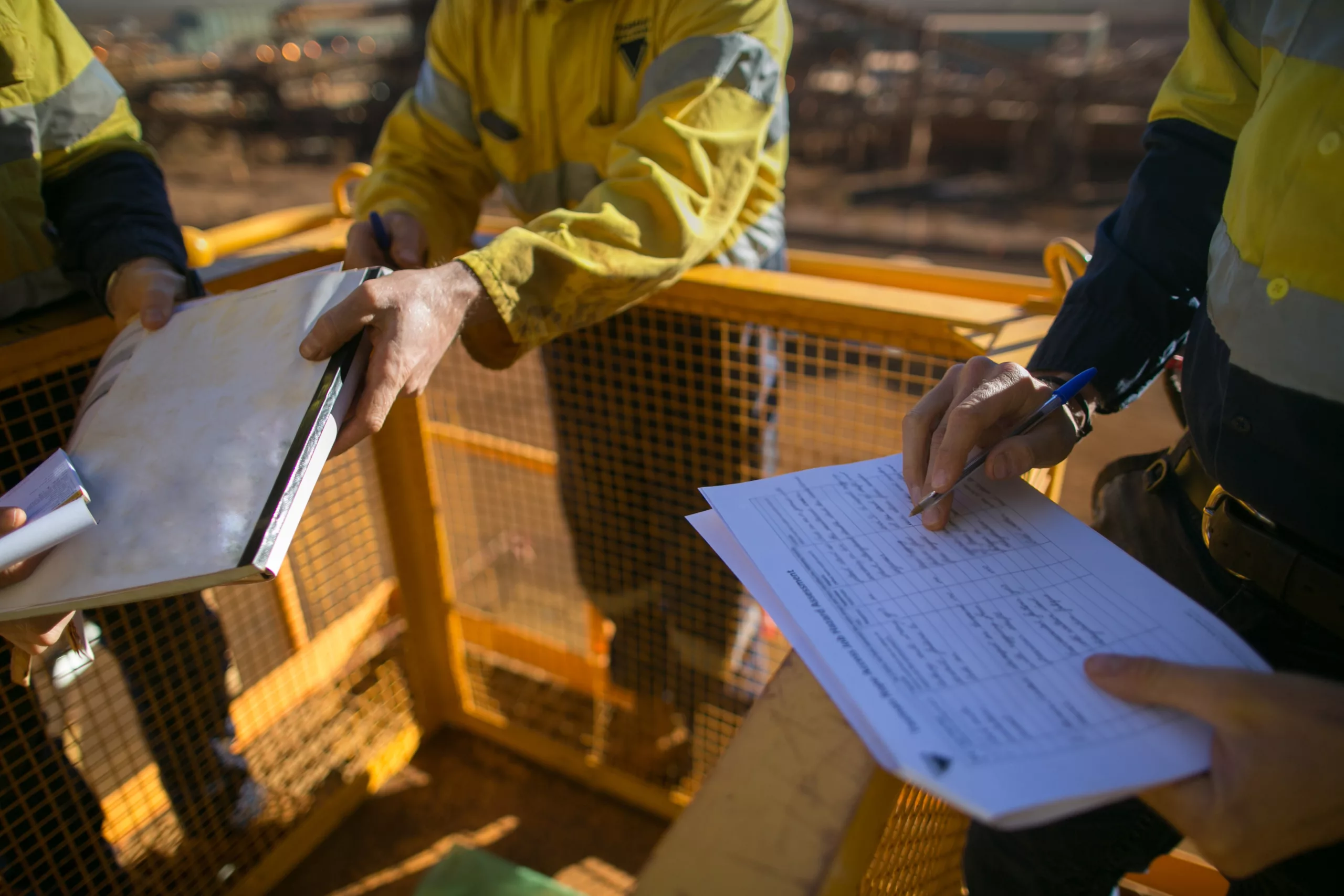
Written by: Virginia McCormick, NES, Inc.
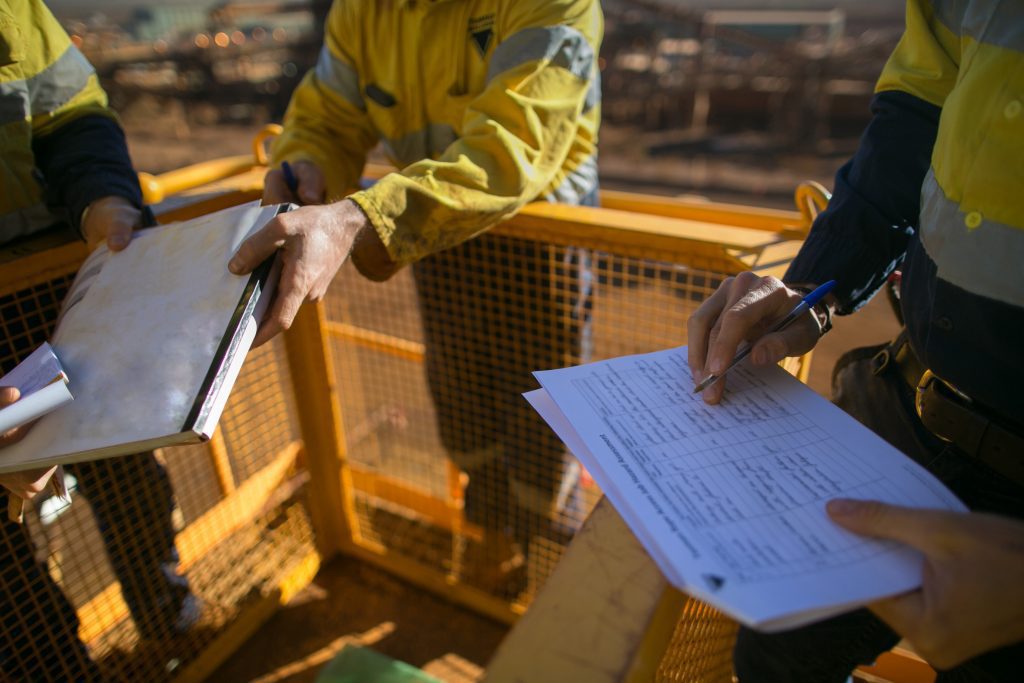
Under AB 1429, certain California facilities now have extended deadlines for hazardous materials reporting.
AB 1429: Reporting Changes Effective Now
In 1986, the California Governor’s Office of Emergency Services (CalOES) established the Hazardous Materials Business Plan (HMBP) Program, which prevents or minimizes damage to the public and the environment from a release of hazardous materials. Under the Program, California businesses that handle hazardous materials were required to submit an HMBP each year. Assembly bill number 1429 (AB 1429), which was passed earlier this year, amended this annual reporting requirement.
Effective July 9, 2019, AB 1429 allows certain hazardous material handlers to submit an HMBP once every three years instead of annually. AB 1429 specifically amends sections 25508 and 25508.2 of the California Health and Safety Code (HSC) as they relate to hazardous materials. The bill passed through the California legislature with support from the California Council for Economic and Environmental Balance and had no arguments in opposition.
While AB 1429 is a significant change for many California businesses that handle small quantities of hazardous materials, facilities that exceed federal reporting thresholds or have aboveground petroleum storage tanks are unchanged by the bill’s passing and therefore must still submit their HMBPs annually.
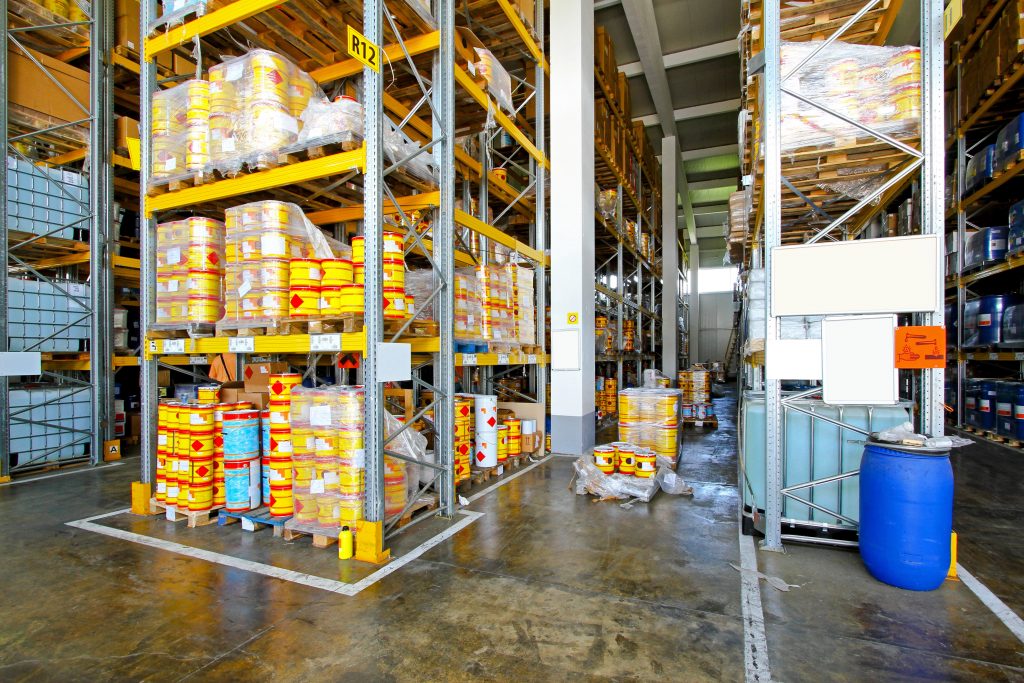
HMBPs may be submitted once every three years instead of annually – barring some exemptions – as a result of AB 1429.
HMBP Overview & Triennial Reporting Under AB 1429
Under the Cal OES HMBP Program, businesses required to develop an HMBP are those that handle hazardous materials in quantities equal to or greater than:
- 55 gallons for liquids
- 500 pounds for solids
- 200 cubic feet for compressed gases
However, there are further qualifications and some exceptions to the program. For more information on the HMBP program and hazardous materials, see the Cal OES publication Hazardous Material Business Plan FAQ.
The HMBP program reporting requirements include business activities and owner/operator identification, an inventory of hazardous materials, an Emergency Response Plan or procedure, training for employees, and a site map.
Once submitted, the local Certified Unified Program Agency (CUPA) or Participating Agency (PA) will verify the HMBP information and provide it to certain agencies, such as fire departments, hazardous materials response teams, and environmental regulatory groups.
Prior to the passing of AB 1429, the California HSC required facilities to submit an HMBP each year. Under AB 1429, certain facilities may now report their HMBP triennially instead of annually. These facilities are typically small, falling above California thresholds but below federal thresholds, and do not have any aboveground petroleum storage tanks on their grounds.
For specific details on the HMBP requirements, see the July 2019 NES article The Cal OES HMBP Program.
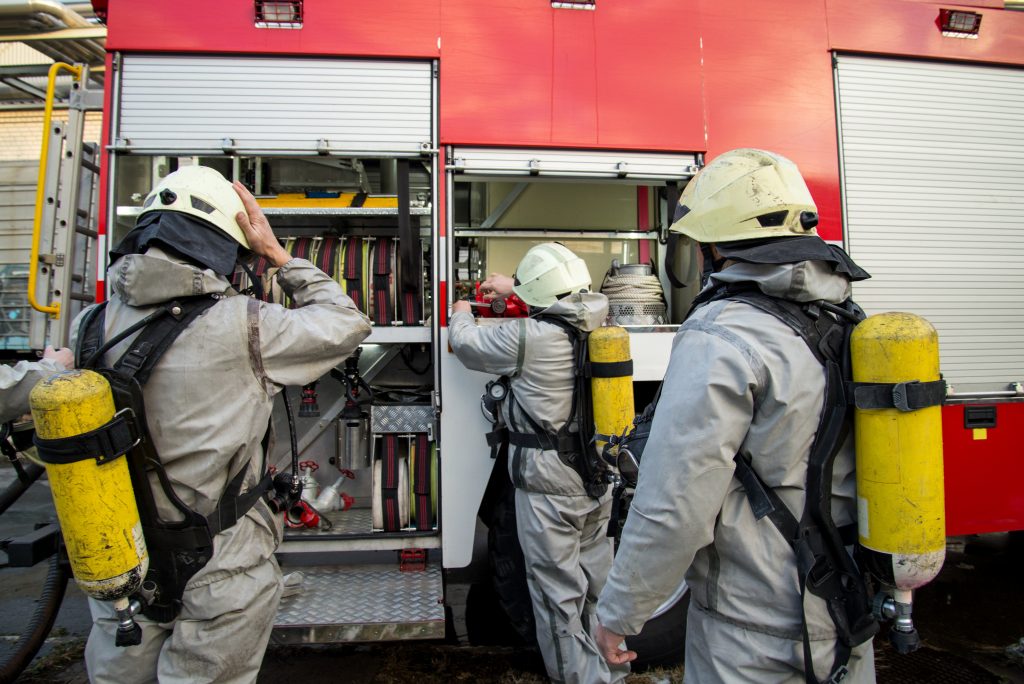
HMBPs provide information for emergency responders in the case of an incident.
Tier II Reporting & Exceptions
The Federal Emergency Planning and Community Right-to-Know Act (EPCRA) was established in 1986 – the same year as the HMBP Program. While the requirements of EPCRA are facilitated in California through the HMBP Program, EPCRA hazardous materials reporting thresholds will determine whether the triennial reporting schedule of AB 1429 applies to specific facilities.
Under EPCRA, facilities must provide either a Tier I or Tier II inventory form. Tier I inventory forms require the yearly maximum amount, the average daily amount, and the general location of hazardous chemicals in each applicable category. The hazard categories are immediate (acute) and delayed (chronic) health hazard, fire hazard, sudden release of pressure hazard, and reactive hazard. Tier II inventory forms contain the same information as Tier I forms but also require the following information for every reported chemical:
- The chemical name or the common name
- An estimate of the maximum amount of the chemical present during the preceding calendar year and the average daily amount
- The location and storage description of the chemical at the facility
- An indication of whether the owner elects to withhold location information from disclosure to the public
A facility’s reporting tier is determined by the quantity of hazardous chemicals present at the facility. To determine if a facility has chemicals in quantities that require Tier II reporting, business owners are encouraged to check U.S. EPA’s List of Lists, which details the threshold limits for regulated chemicals.
AB 1429 states that annual reporting will continue to be mandatory for any facility that falls into the federal threshold for Tier II reporting. Additionally, the submission of the HMBP triennially does not apply when a business changes its name, ownership, or address or if a business has a 100% or more increase in quantity of a previously disclosed material. Existing law maintains that the owner or operator of an aboveground petroleum storage tank is also exempt from AB 1429.
In California, aboveground storage tanks are regulated under the Aboveground Petroleum Storage Act (APSA). For more details, see the August 2019 NES article Aboveground Storage Tank Regulations.
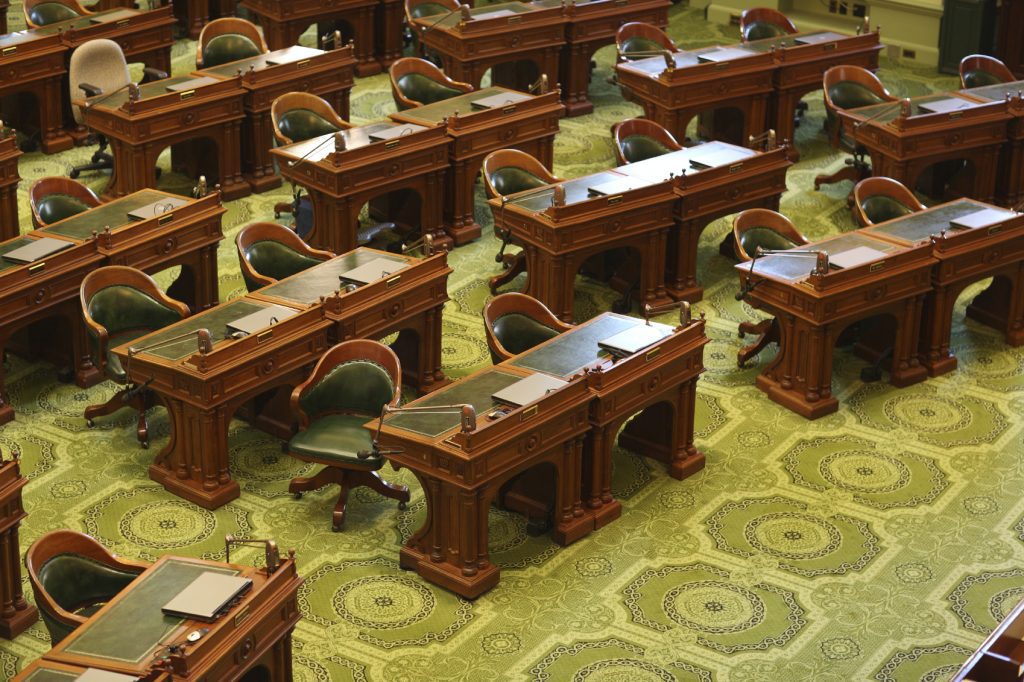
AB 1429 was passed with unanimous support in the California legislature.
Why AB 1429 Was Implemented
According to the bill’s author, Phillip Chen, AB 1429 was introduced to allow some flexibility to California businesses that handle smaller quantities of certain hazardous materials. In the final ruling for AB 1429, Chen noted that, “in some counties, CUPAs may be significantly delayed in reviewing and approving [HMBPs], which can lead to facility information being out of date and unavailable to first responders in cases of emergency.”
In passing AB 1429 and implementing the new triennial reporting, California lawmakers hoped to alleviate some of the workload for CUPAs. This alleviation may allow CUPAs to reduce an unnecessary backlog and more effectively target larger facilities.
Businesses are expected to complete their HMBP in order to help protect the public and the environment from releases or potential releases of hazardous materials; however, the first and second most common CUPA violations of 2018 related to the preparation, submittal, and updating of an HMBP. By allowing small businesses additional time to prepare or update their HMBP, AB 1429 may reduce violation rates in the future and may also allow previously cited owners the time needed to seek compliance assistance from outside sources.
NES Environmental Consulting
NES has been providing environmental consulting and training services for the past 30 years. NES regularly provides Hazardous Materials Business Plan / CERS training on behalf of CUPAs and public and private businesses throughout California. NES also assists with the preparation and submittal of businesses’ Hazardous Materials Business Plans. For more information, please contact NES at office@nesglobal.net or 916-353-2360 / 1-800-NES-ADVISE.
References:
California Governor’s Office of Emergency Services
Cal OES Hazardous Material Business Plan FAQ
California Council for Environmental and Economic Balance
California CUPA Forum: Business Plans
EPA Emergency Planning and Community Right-to-Know Act (EPCRA)
The Emergency Planning and Community Right-to-Know Act – EPA Fact Sheet
